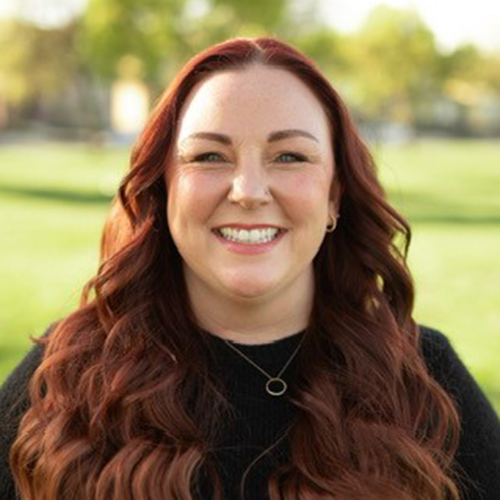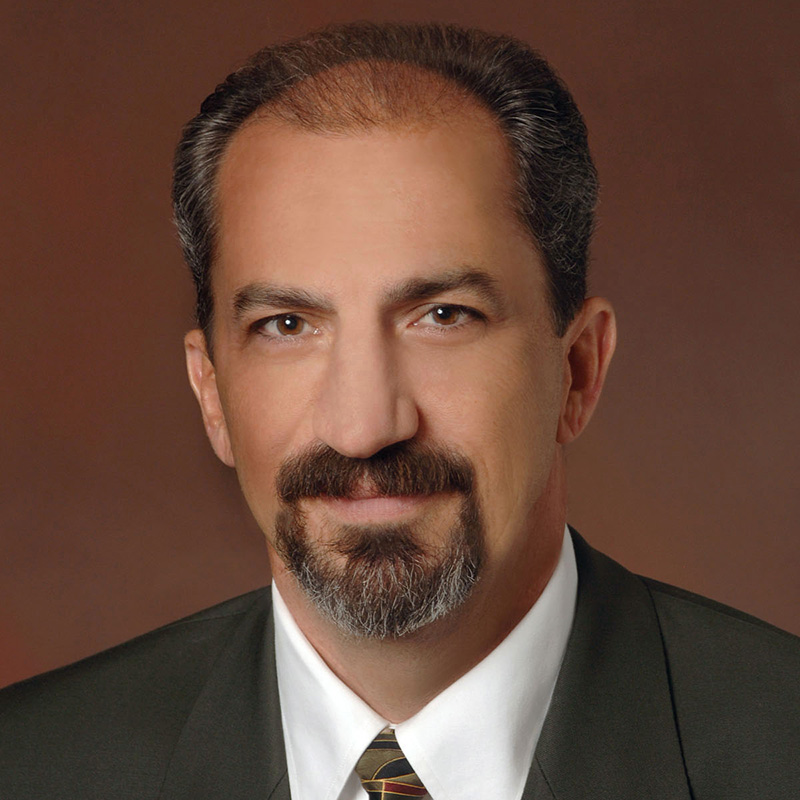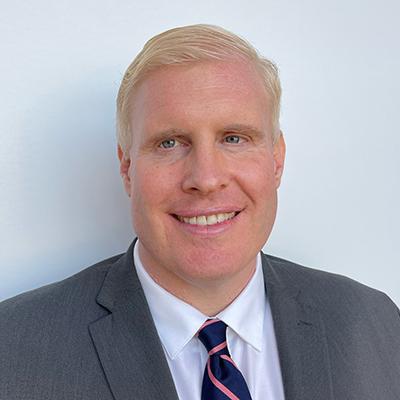
It appeared like the setting for Cormac McCarthy’s The Road. My wife, pup and I found ourselves driving through a thick orange haze, with ash falling from the sky as we swerved off road to avoid toppled trees from hurricane winds.
This was not our first time driving through smoke and ash. We had been through the Mountain fire two months earlier, the Carr fire in 2018 and the Tubbs fire in 2017. Now we were evacuating the Kincade fire, and we were late. As a result, it was eerily calm – no cars, people or signs of life in the otherwise vibrant Sonoma towns along our escape route. With evacuations in the region becoming routine, we asked ourselves if this seeming apocalypse in the world’s fifth largest economy could really become the new normal. Are we all on the road to The Road?
Citing well-documented science on how climate change contributes to such consequences would be redundant. We know that four of the five largest wildfires in California’s recorded history have occurred in the past eight years, and extreme weather events are reported so frequently that we’ve become numb. Solutions require massive systemic approaches but have become politically polarizing to the point of paralyzing any coordinated response.
We simply don’t have time to waste, yet there exists a major gap in financing. A climate finance gap of $2.5-4.8 Trillion is estimated by the Global Green Growth Institute to reach the Paris Agreement goals, while at the same time, Cambridge Associates reports 2008 the peak investment year for Clean Tech venture, private equity and infrastructure funds. Even proven, commercialized technologies such as ZEV fleets, biodigesters and methane capture solutions find it difficult to attract capital to deploy at sufficient rates.
So while it would be easy to throw our hands up, conclude there is nothing we can do and hope it all works out, this is a test of humanity and we must hold ourselves, our employers, communities and governments accountable to mobilize and turn ideas into action.
Yes, that’s right. During an era when many have lost faith in their dysfunctional governments to even fill a pothole, it is time to renew our faith in government of the people to marshal all elements of society to win the battle of the ages. A catastrophe of this magnitude requires an all-hands attack, and government may be the only institution with the reach, influence, power and resources to lead and bring all elements of society together.
California has set ambitious climate goals – including reaching carbon neutrality by 2045 –and Governor Newsom has followed up with bold strategies and initiatives. The COVID-19 pandemic derailed some funding for climate solutions this year, including the $1 billion originally requested for the Climate Catalyst Revolving Loan Fund, but that doesn’t mean we will not creatively seek ways to capitalize the program. While no single idea solves the problem, Climate Catalyst could deliver disproportionate benefits. It could provide an off-ramp for grant program recipients, bridge financing gaps in the commercial markets, leverage private capital by 3-10x, recycle its proceeds, and accelerate deployment of technologies and solutions across multiple categories, paving a path for other similar models worldwide.
California is home to the greatest innovation ecosystem in history, where ingenuity for solving problems is limitless. However, both broad-scale coordination and sufficient access to risk capital are essential to develop, commercialize and scale solutions at the accelerated rate necessary to prevail over climate change.
So yes, change your lightbulbs, encourage your employer to install solar, but now is the time to count on your elected representatives to lead and to provide financing to solutions that can truly make a difference. It is not too late to write a different ending to our road, where we arrive at the coast not to smoke and ash, but to the beautiful California sunrise that we know and cherish.












































